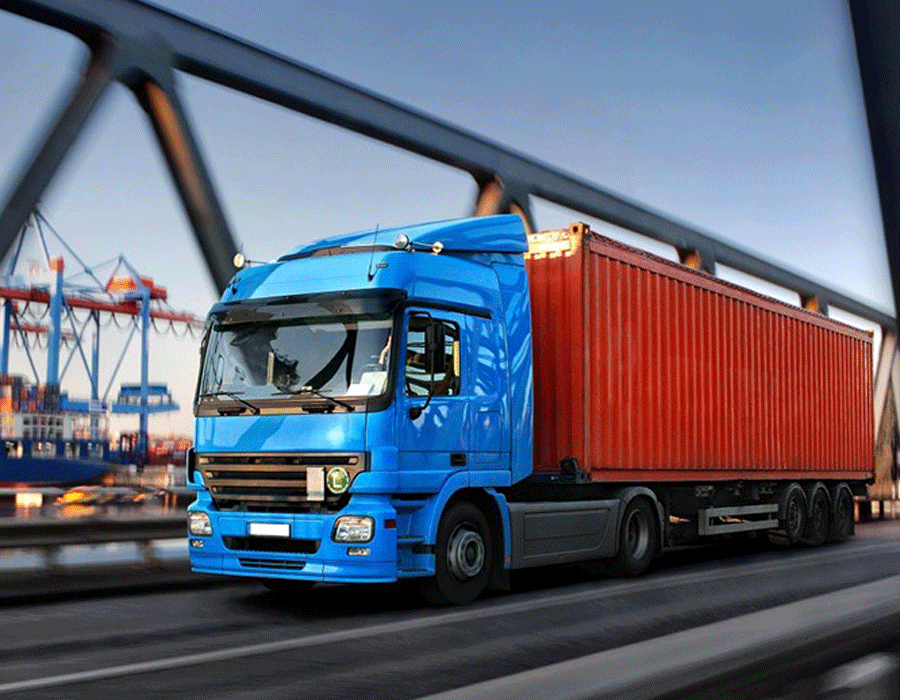The rapid growth of online retail has radically altered the way products flow from manufacturers to end consumers, and nowhere is this more apparent than in the world of wholesale shipping. In the past, wholesale relied on mass order transports from suppliers to brick-and-mortar retailers, characterized by long lead times and consistent, stable timelines. Today, these traditional models are being overhauled as digital retailers demand faster, more flexible fulfillment solutions.
A key transformation is the departure from large, infrequent shipments toward smaller, more frequent deliveries. E-commerce sellers no longer need to hold excess warehouse inventory in retail locations. Instead, they depend on just-in-time inventory models, which require wholesalers to deconstruct full pallets into single units for B2C fulfillment. This has fueled the rise of micro-fulfillment centers and last-mile logistics partnerships that value velocity and precision over batch size and volume.

A pivotal shift is the heightened expectation of real-time visibility. Consumers now demand live tracking on their orders, and this new norm has filtered back through the entire supply chain. Today’s distributors are required to integrate with integrated software ecosystems that offer end-to-end visibility, from as soon as inventory departs the dock to its final delivery point. This has driven conventional players to invest in advanced tracking systems, robotic sorting systems, and supply chain intelligence to remain competitive.
Returns have also become a bigger part of the wholesale shipping equation. Digital purchases result in higher return rates, and wholesalers are now tasked with executing return processes seamlessly. This means establishing specialized return hubs, offering prepaid return labels, and ensuring that returned goods are quickly inspected, restocked, or redistributed. Often, wholesalers are performing functions once reserved for retailers, merging the distinctions between traditional supply chain functions.
Tech is the core engine behind these changes. Warehouse management systems have evolved to handle multi-product shipments, cross-platform distribution, and dynamic routing. Mechanized processes, AI-powered machinery, and predictive algorithms are being deployed to forecast inventory needs, minimize box waste, and cut operational expenses. Suppliers that ignore these tools risk falling behind in a market where speed and доставка грузов из Китая (https://www.justmedia.ru/news/russiaandworld/budushcheye-optovykh-postavok-iz-kitaya-trendy-gryadushchego-goda) accuracy are now basic expectations.
Finally, sustainability is becoming a core priority. As consumers become more environmentally conscious, they are requesting biodegradable containers and low-emission delivery. Wholesalers are responding by reducing excess packaging, optimizing load density, and collaborating with sustainable carriers. What was once a secondary concern is now a core part of the value proposition.
Ultimately, e-commerce has turned wholesale shipping from a rigid, quantity-focused system into a responsive, demand-driven network. Wholesalers must adopt flexibility, digital tools, and clarity to meet the demands of a online retail ecosystem. Winners will be those who can deliver small orders quickly, provide pinpoint location updates, manage reverse logistics seamlessly, and do it all while minimizing environmental impact.








